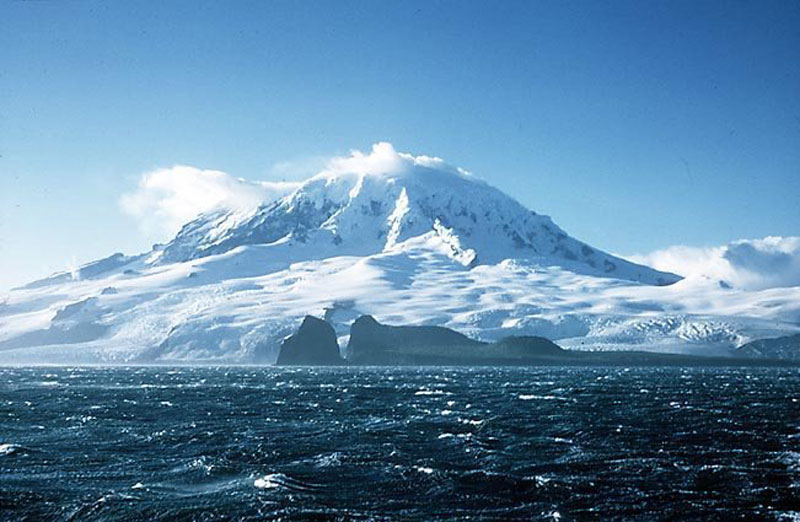Today we tuned into our Measurement unit today. Our first step was to record everything we knew about our central idea:
The metric system aligns with our base ten number system
Thoughts
Kilometres, decametres, metres, centimetres and millimetres are all in the metric system.
The metric system and base ten number system connect with x10.
ex. metre x 10 = 10 metres
10 metres x 10 = 100 metres
100 metres x 10 = 1,000 metres
1,000 metres = 1 kilometre
Metric system has something to do with base ten because the examples have 10 or 100 or 1,000.
Questions
Does it have anything to do with measurement? - Yes!
What is the metric system? - Measurement based on Celsius, degrees, metres, litres, grams
Does the metric system use base ten blocks to find answers?
Does align mean connect? - arrange things, join
Is this about base ten in another way?
How many types of measurement are inside the metric system?
Through the process of reading books about the metric system and interacting with tools (scales, measuring cups, metre sticks), we began our discovery. Our next step is to figure out how the metric system aligns with the base ten number system.







